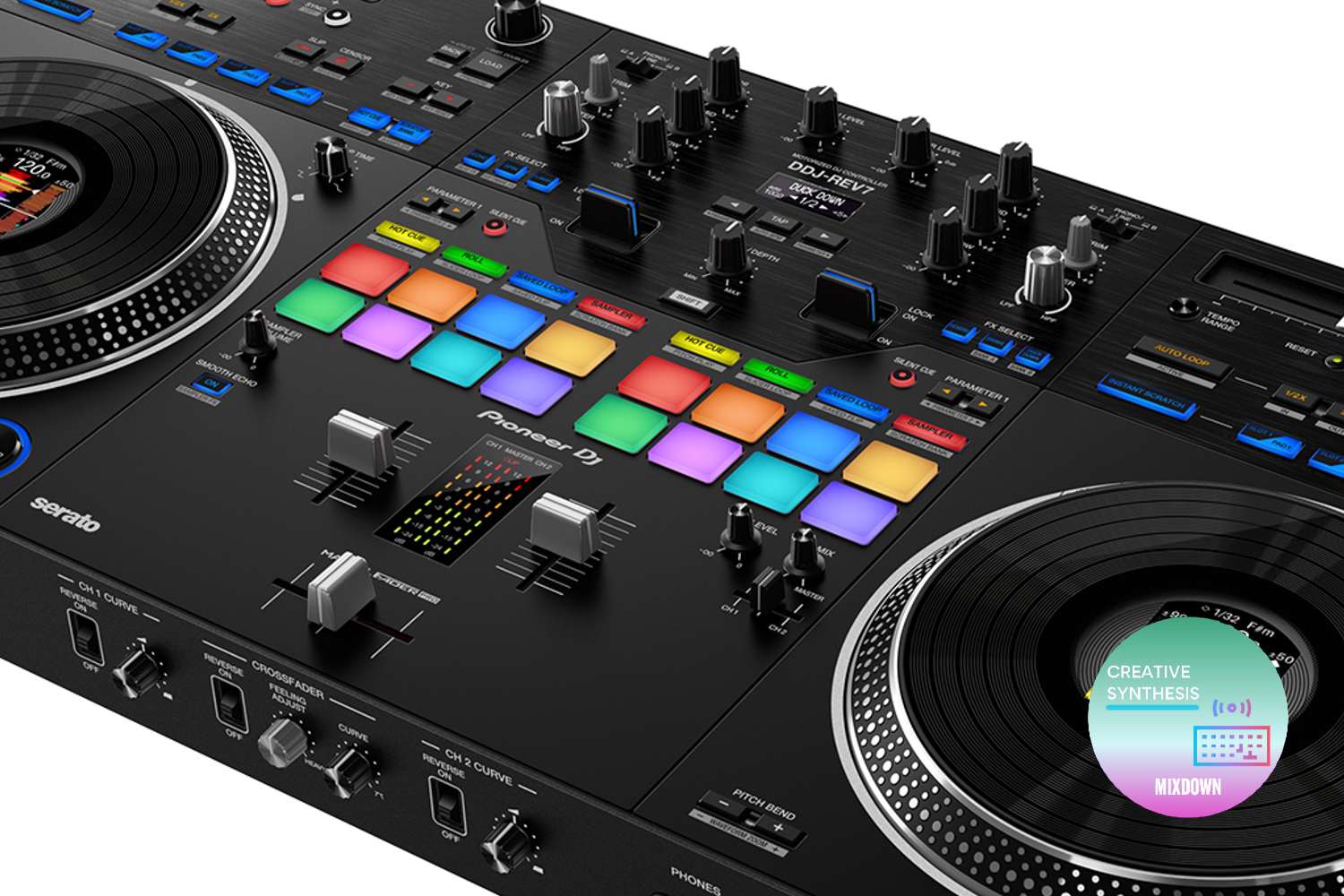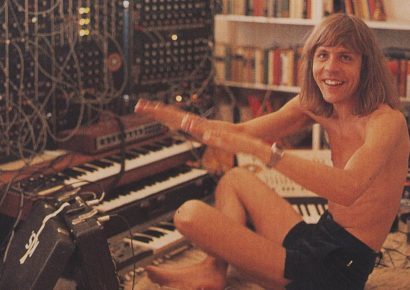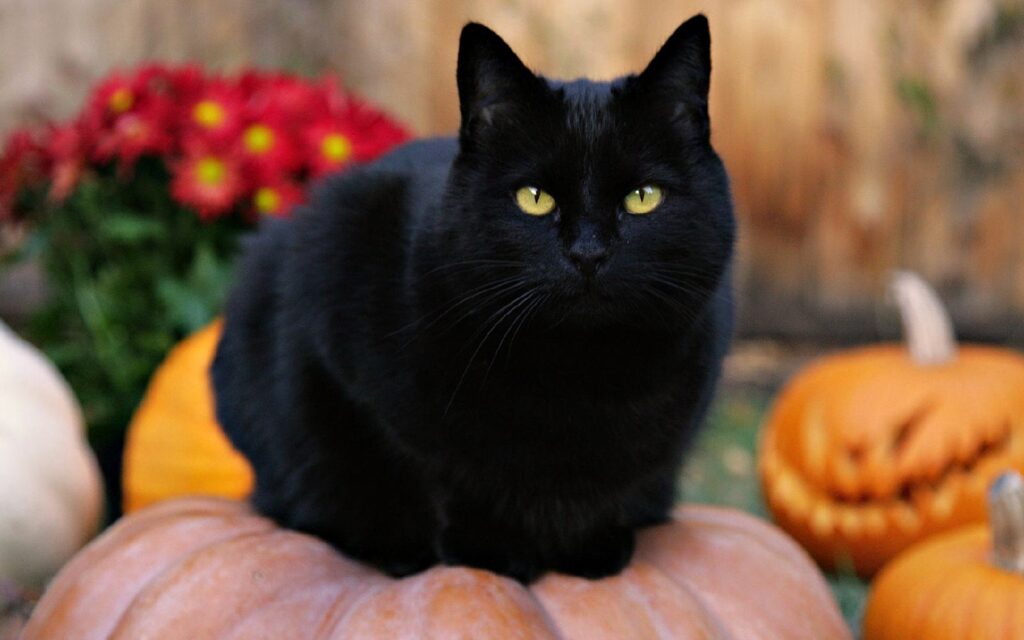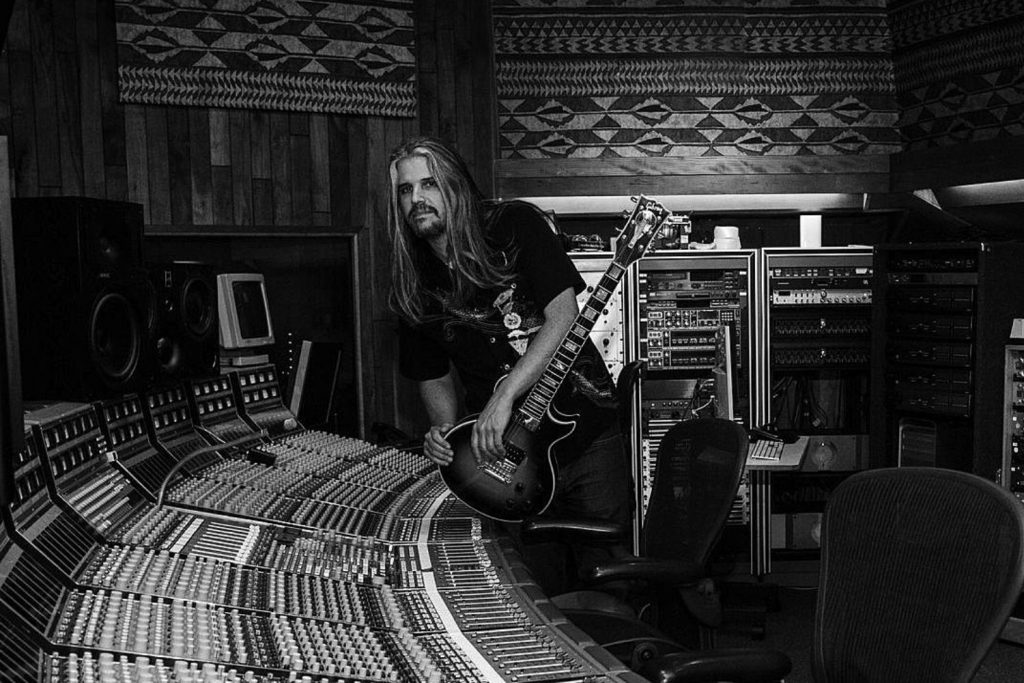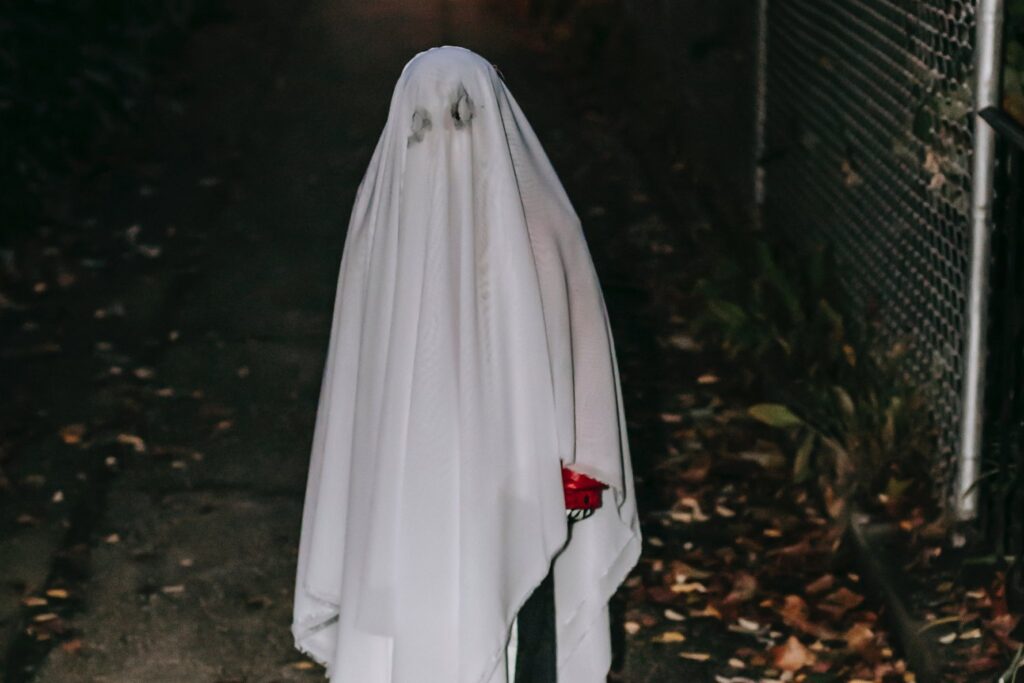Pioneer DJ have stepped up with the DDJ-REV7. We’re going to take a gander at the features, layout and workflow advantages of one of the hottest new DJ controllers on the market!
The DJ world is ever evolving in terms of style, performance and numerous types of workflows – ranging from old school strictly vinyl junkies, CDJ fanatics, running a laptop and controller and anything in between.
Read up on all the latest features and columns here.
Regardless of one’s chosen medium, the tools that lay beneath one’s fingertips are a key ingredient to bringing together a set; with taste and skill being the obvious big chunks of this proverbial pie. So it’s no wonder one of the industry’s giants have stepped up with such a distinctive product – Pioneer DJ’s DDJ-REV7. We’re going to take a gander at the features, layout and workflow advantages of one of the hottest new DJ controllers on the market!
For those unfamiliar, on the surface the DD7-REV7 looks like a lot like other 2-channel DJ controllers within the Pioneer range, built for the sole purpose of being combined with DJ software, and in the case of this brute, Serato DJ Pro. But look a little closer and one will quickly find this is in fact a scratch-style controller with motorised jog wheels. Yep, they’ve only gone and done it!
Motorised Jog Wheels
The 7” dimension whilst quite modest does a remarkable job of maintaining the response and feel of a full sized 12” vinyl platter. This is testament to the physical mechanics employed in their design, as rotational stability is so integral to a turntable, to not get this detail right would be a proper let down. Aside from stability, the tactility of the platters is all analogue vibe, with the acrylic top plate having a nice vinyl like texture to the finger, providing plenty of grip. The combination of the two slip sheets (which allow for fine tuning of friction) and the low and high torque settings make for a pretty refined feel. Even the slip dots on the side of the platters (a la Technics 1200), again, help create that familiar quality of a real, full sized turntable. Tasty stuff.
Drift is always a factor when it comes to a motorised platter, and can play even more of a factor when paired with devices within the digital realm. The wow and flutter factors of the DDJ-REV7 are impressive, with playback drift being very similar to a full sized turntable. But for those accustomed to the anti-drift function within Serato DJ Pro may need to weigh up having this engaged on not, which really comes down to style and performance preference. For example, battle style DJ’s, fast scratching or perhaps those who just want a more authentic vinyl like response to their controller, keeping Anti-drift is likely the better option, causing less cue drift over time between digital and physical cue points.
The 3.5” LCD jog wheel displays are pretty awesome, giving four modes of display. Waveform giving a nice clear display of, you guessed it, the waveform, but also that of the other channel. Other useful info includes key, BPM, time remaining/elapsed and number of beats in a loop. Virtual deck is the view from Serato DJ Pro and also includes the number of beats to the next Hot Cue point. The other two displays are artwork and DJ logo, which are pretty self explanatory. These four options not only give you plenty to choose from but reduce the amount one has to switch between looking at the laptop and controller. As for locating playback position, Pioneer DJ have gone to the trouble of including stickers for marking playback position physically on the jog wheel, if a digital marker isn’t your style. A small but thoughtful touch.
Connectivity, Features and Layout
As you’d expect from a controller from Pioneer DJ and one in this price point, all connectivity is high quality and in abundance. Master outs are both balanced XLR and unbalanced RCA, with booth LR being on balanced 1/4″ jacks. The two balanced mic inputs are XLR and 1/4″ jack and have separate level control, shared EQ and a dedicated mic echo knob, nice for on the fly effects throws. Aux input are RCA type again, with dedicated controls, and phones output are either 1/4” or 3.5mm jack connectors. Two USB-B are provided for the use of two laptops if required. All connections and controls are nicely located and intuitive to use, so rocking up to any venue or gig is plug and play. As for the converters, an ESS Technology DAC has been chosen, so the D-A is crystal clear.
The DDJ-REV7’s turntable section packs in a bunch, but overall presents with a nice intuitive layout. Having the variable stop time knob for each channel gives a nice wide flare of possibilities from a near instant stop time (ala motorized platters) to a much more tapered slow to stop, which I’m a fan of. A wide range of tempo adjustment is on tap and can be easily adjusted with the tempo range button located below the fader.
Instant scratch buttons conveniently located above each jog wheel suit a variety of workflows. The built in sounds are definitely usable and with the two sets of buttons, they can be played with between the two channels making for some interesting creative possibilities. With the hot cue, scratch bank, sampler and saved loop functionality also attached to these pads, they can make for a great second addition of pads aside from the eight performance pads in the mixer section. The usual tricks such as auto loop, slip mode and censor for reverse are all conveniently located above each platter.
The mixer section emulates that of a professional DJM-S mixer, with numerous features in the DDJ-REV7 being taken directly from the S9 and S11, such as smooth echo and the Lock On / On paddles, making for effects assignments to faders and buttons super easy and mashing up of effects a breeze. These features on a controller really augment the possibilities for a lot of live performance trickery, on the fly effects changes an d creative transitions between tracks. The sophisticated cue system found on the S9, S11 and other Pioneer DJ battle mixers is also on the REV7, with the expected fader between both channels, level control as well as a cue/master blend knob. The MAGVEL FADRER PRO speaks for itself being robust, customisable and super smooth.
The eight coloured performance pads per channel provide heaps of functionality including hot cue, roll, saved loop, sampler, pitch play, slicer loop, saved flip and scratch bank. And as alluded to before, these combined with with instant scratch buttons really allows for a heap of processing and performance potential, suiting a bucket tone of styles and workflows. Dedicated silent cue button is another noteworthy feature and one those familiar with motorised jogs will appreciate, allowing for instant drops into a track from one channel to the other.
As for beat FX, in true Pioneer DJ fashion there’s a ton to choose from, 22 to be exact. All the expected classics like filters, reverb, echo, delay and modulation through to more freshly updated vibes like Duck Down, Fill Out and Helix Out. As well as the ability to choose from effects within the Serato DJ Pro, utilising the LOCK ON / ON paddles, effects from Serato DJ Pro can be applied in short bursts, or lock them for jump into other parts of a performance. Cathartic.
All in all, there’s a bunch of cool ways in which the DDJ-REV7 can be incorporated into numerous DJ workflows and the jam-packed feature set, layout and connectivity is certainly indicative of that. Of course, the REV7 works as a standalone mixer with switchable line and phono RCA inputs on both channels and this can be incorporated into playing real vinyl through the REV7’s rather nice phono preamps, of which there’s audio BPM detection on the input, keeping the hardware effects in synch, just one of the plethora of ways to use this outright beast of a controller. It really does cast a wide net and I’d be surprised to find a way in which it can’t be utilised in some meaningful and creative way.
For more information, head to Pioneer DJ. For Local enquiries, visit Jands.
